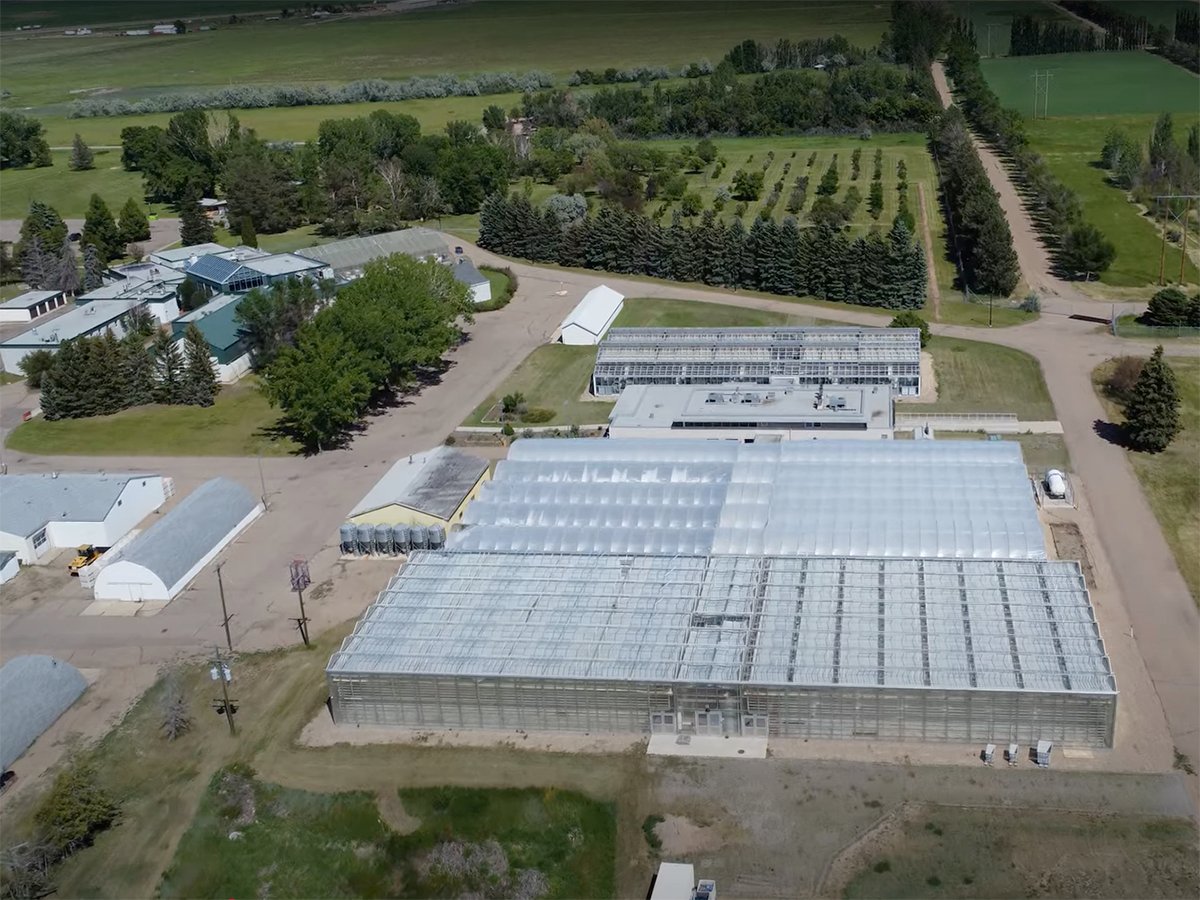Co-ordinated information among government agencies improves efficiency
Ottawa says Canada’s food safety system is much better than it was three years after a deadly outbreak of listeria in ready-to-eat meat from a Maple Leaf Foods plant.
The government made the claim in late December in a final report on recommendations from the 2009 Sheila Weatherill report on the autumn 2008 outbreak, which killed 23 Canadians and made hundreds sick.
“The government has enhanced its overall performance and effectiveness in managing food safety risks, identifying new and emerging food safety issues and responding to food safety events when they arise,” said the report. “There is a heightened awareness of the significance of food safety and its high priority at all levels of government.”
Read Also

Alberta crop diversification centres receive funding
$5.2 million of provincial funding pumped into crop diversity research centres
The response has included hiring 170 more full-time food inspectors and investing $201 million in the five years to 2013 in inspection, training and new tools for inspectors.
“The culture of prevention and responsiveness has contributed to a safer food safety system in Canada,” agriculture minister Gerry Ritz and health minister Leona Aglukkaq said in a joint statement.
“At the federal level, the organizations responsible for food safety and for public health are now better equipped to collaborate and co-ordinate government actions to prevent, detect and respond to potential food safety risks.”
Brian Evans, Canada’s chief food safety officer and chief veterinary officer, said the major improvement is in how system players co-ordinate efforts.
“There have been resources, but I think the more substantive issue is there have been systems change,” he said.
“The biggest change has been to have access to better quality, more quantity and more timely information on which to make risk-based decisions, and that has been fundamental.”
Evans said government agencies, including the Canadian Food Inspection Agency, have become more adept at understanding how technology advances and new product production in food plants create different food safety risks.
Inspectors depend on companies to provide data on how food safety and risk of contamination are controlled. The information is audited and verified.
He said the 2008 listeria crisis did not result from complacency in the food inspection and safety system, but the incident was “a wake-up call, absolutely” that something was amiss and food safety protections needed to be updated.
“I don’t think it was so much complacency as a reality that food production was changing,” he said.
New products, equipment and assembly line techniques were being introduced throughout the food industry, and regulators were not keeping up.
“They (regulators) had not done the diligence necessary to validate the risk profile of industry as establishments were changing over time,” he said. “I don’t think it was complacency so much as it was an issue where the nature and complexity of what was being produced in some of these plants got ahead of our ability to assess the risks.”
Evans said the system is moving to more emphasis on company responsibility for food safety, more transparency in reporting what is being done and more attention to plants with “persistent problems of compliance.”
The CFIA is launching a public consultation on proposals for further changes that will put even more responsibility on food companies to design and implement modern food safety processes. The agency would put more emphasis on oversight and auditing than physical inspecting.
“It is about making sure we are less interventionist, less prescriptive, more outcome based,” said Evans.
In her report, Weatherill said part of the problem was confusion in roles and lines of responsibility. The government said departments and various levels of government are now better prepared to work together when a crisis develops.














